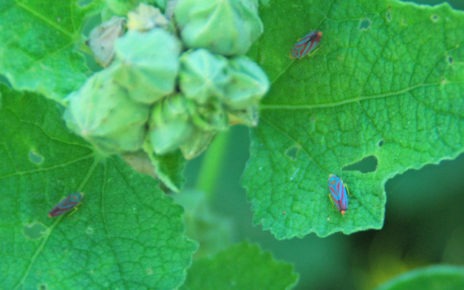By Leslee Jaquette

When special education was brand new, I earned a master’s degree in the field. Already an outdoor girl, I wrote my thesis on the “Benefits of Exercise on Preschool Education.” In the ensuing decades I have become a hardcore advocate of children (and everyone else) moving their bodies in the outdoors for maximum health, wellness and learning.
Looks like Richard Louv and I drank the same Koolaid.
In a recent blog by Richard Louv, the leader of the Children & Nature Network, an organization supporting the international movement to connect children, he suggests teachers consider starting their own school. These schools would connect students, their families and their communities to the natural world. I cannot tell you how many times I have thought about that option.
Here I summarize some of Louv’s ideas for helping innovative teachers and parents bring students into the classroom of nature:
- Get to know the research. Familiarize yourself with the growing body of evidence that suggests that time spent in more natural environments (indoors or outdoors) can reduce the symptoms of attention disorders, and improve cognitive functioning as well as creativity, socialization and mental and physical health. Visit educational benefits.
- Join the Natural Teachers Network. “What teachers need to do is network on these issues, get ideas from each other, gripe about what is not working, and brainstorm solutions,” says Tamra L. Willis, Ph.D., assistant professor in the Graduate Teacher Education Program at Mary Baldwin College in Staunton, Virginia.
- Teach the teachers — and the principals, superintendents, and school board members, too. Teachers need to be introduced to current programs: The new Nature-Based Early Childhood Certificate program at Antioch New Englandand Mary Baldwin Collegeoffers an environment-based learning (EBL) graduate programs designed specifically for educators.
- Create a Natural Teacher Club. Artist and educator Robert Bateman suggests that teachers create their own clubs that would organize weekend hikes and other nature experiences for teachers. Their experiences can be transferred to the school.
- Green your schoolyard. Studies suggest that school gardens and natural play spaces stimulate learning and creativity, and improve student behavior. Download the U.S. Fish and Wildlife Service’s Schoolyard Habitat Project Guide.
How do you instill a love of nature in your kids, students?




